EN
中
展览照片
Exhibition view
1 / 0
展期
Opening
2024/12/14-2025/01/18
2024/12/14-2025/01/18
策展
Curator
张翀 Zhang Chong
Zhang Chong
介绍
PRESS RELEASE
狩猎是生态系统中生物获取能量和资源的一种途径。从人类最早的洞穴壁画与器物中可以看到诸多描绘狩猎场景的内容。除了需要勇气、体力与计谋,狩猎活动催生了人类的合作与交流,形成了特定的文化信仰和价值观念。不同地区的神话传说和民间故事中对狩猎的描绘,也彰显了人类对自然力量的敬畏和对自身角色的认知。比如北欧神话中的乌勒尔,中国神话中的后羿,以及罗马神话中的狩猎女神狄安娜。
Hunting is one of the ways through which organisms obtain energy and resources within an ecosystem. Early human cave paintings and artifacts depict numerous hunting scenes, highlighting its significance. In addition to requiring courage, strength, and strategy, hunting also fostered human cooperation and communication, giving rise to distinct cultural beliefs and values. The depiction of hunting in myths and folklore from different regions reflects humanity’s reverence for the forces of nature and its self-awareness. Examples include Uller in Norse mythology, Hou Yi in Chinese mythology, and Diana, the Roman goddess of hunting.
同时,狩猎作为维持生存的手段之外,还推动了物种的适应性进化、生态位的竞争以及食物链的动态平衡。例如,某些动物在狩猎过程中逐渐进化出了独特的生理特征和行为策略,以提高狩猎和防御天敌的成功率。而早早就选择了使用工具提升狩猎水平与生产力的人类,在不断地更新换代推动科技进步后,终究还是站到了这个生态链的最顶端,随之带来的则是需要维护这个复杂生态系统的重要责任。
Beyond its role as a means of survival, hunting has driven adaptive evolution, niche competition, and the dynamic balance of food webs. For example, some animals have evolved unique physical traits and behaviors during the hunting process, improving their success in hunting and defending against predators. Early humans, who began using tools to enhance hunting efficiency and productivity, eventually ascended to the top of the ecological food chain. With this position, however, came the significant responsibility of maintaining the balance of this complex ecosystem.
在本次展览中,艺术家并没有单一地如历史书一般平铺直叙地陈述狩猎对人类文明史的影响,而是呈现了一种独特的个人化叙事语言逻辑,从有趣而诙谐的视角切入来拓展对狩猎这个主题的多重理解。
n this exhibition, the artist does not present a dry, historical account of hunting’s influence on human civilization. Instead, they offer a unique, personalized narrative that approaches the theme of hunting from an interesting and humorous perspective, broadening our understanding of its multiple dimensions.
n this exhibition, the artist does not present a dry, historical account of hunting’s influence on human civilization. Instead, they offer a unique, personalized narrative that approaches the theme of hunting from an interesting and humorous perspective, broadening our understanding of its multiple dimensions.
作品展示
ARTWORK
颜达夫
虎式, 2024
白蜡木,木蜡油,铝合金,万向轮,铁,不锈钢, 减速电机与传动结构,树脂,布面油画,木 板油画, 鱼竿,羽毛
800×930×700mm
Yan Dafu
Tiger, 2024
Ash, Wood wax oil, Aluminum alloy, Universal wheels, Iron, Stainless steel, Reduction motor and transmission structure, Resin, Oil painting on canvas, Oil painting on wood panel, Fishing rod, Feather
800×930×700mm
None

虎式, 2024
白蜡木,木蜡油,铝合金,万向轮,铁,不锈钢, 减速电机与传动结构,树脂,布面油画,木 板油画, 鱼竿,羽毛
800×930×700mm
Yan Dafu
Tiger, 2024
Ash, Wood wax oil, Aluminum alloy, Universal wheels, Iron, Stainless steel, Reduction motor and transmission structure, Resin, Oil painting on canvas, Oil painting on wood panel, Fishing rod, Feather
800×930×700mm
None

颜达夫
侧写(之一), 2024
铝板油画,贴尺
500×500×3mm
Yan Dafu
Profile, No.1, 2024
Oil painting on Aluminum, Tape measure
500×500×3mm
None
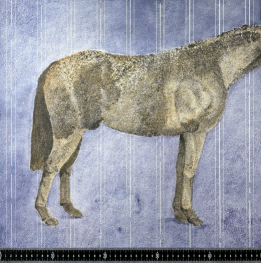
侧写(之一), 2024
铝板油画,贴尺
500×500×3mm
Yan Dafu
Profile, No.1, 2024
Oil painting on Aluminum, Tape measure
500×500×3mm
None

颜达夫
侧写(之二), 2024
铝板油画,贴尺
500×500×3mm
Yan Dafu
Profile, No.2, 2024
Oil painting on Aluminum, Tape measure
500×500×3mm
None
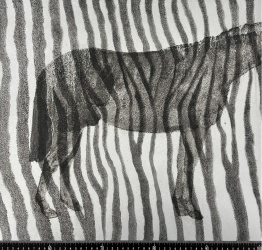
侧写(之二), 2024
铝板油画,贴尺
500×500×3mm
Yan Dafu
Profile, No.2, 2024
Oil painting on Aluminum, Tape measure
500×500×3mm
None

颜达夫
司马, 2023
碳化白蜡木,木蜡油,麻布,树脂,铁,不 锈钢
680×780×980mm
Yan Dafu
Sima, 2023
Carbonized ash, Wood wax oil, Hemp cloth, Resin, Iron, Stainless stee
680×780×980mm
None
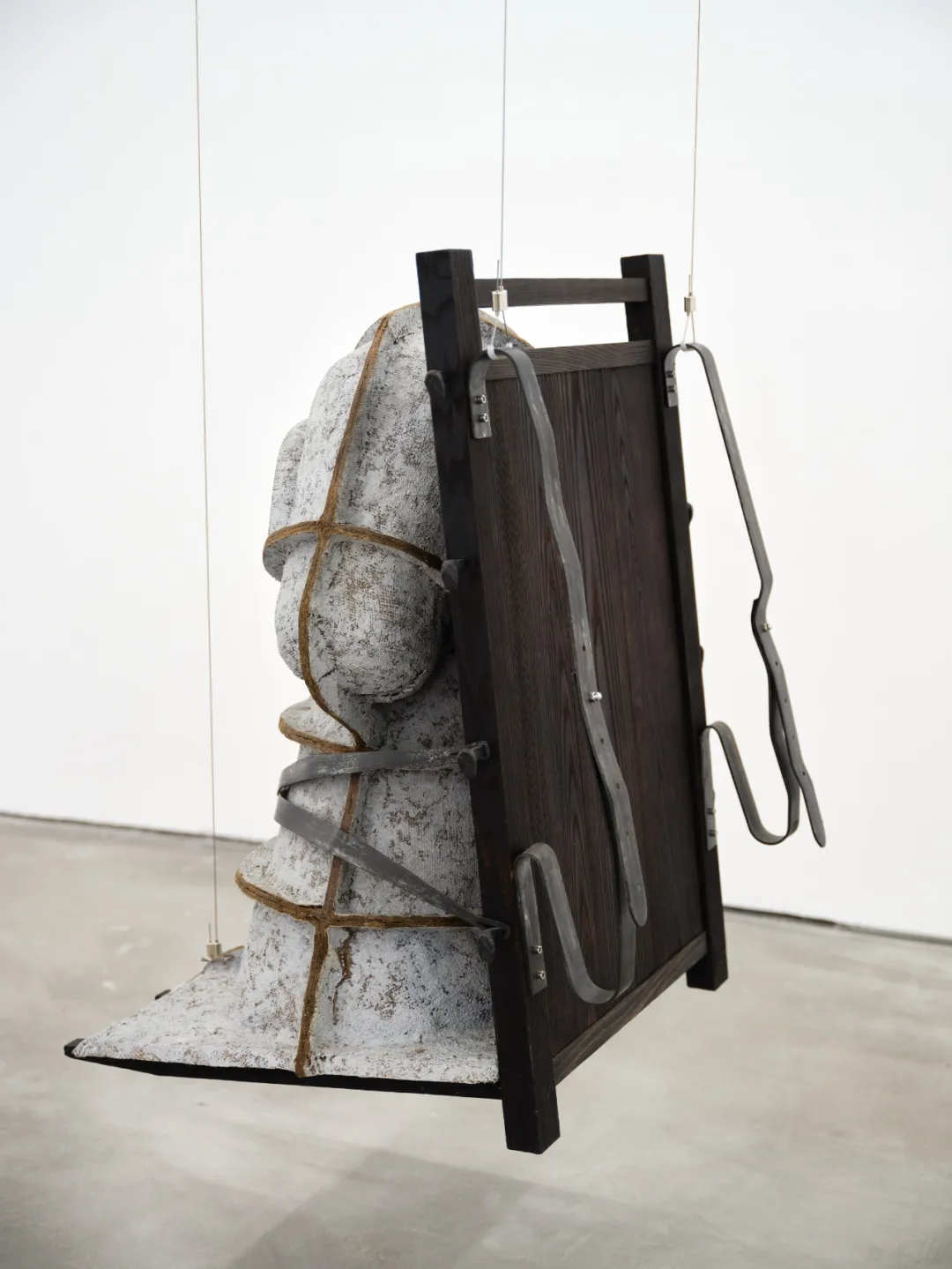
司马, 2023
碳化白蜡木,木蜡油,麻布,树脂,铁,不 锈钢
680×780×980mm
Yan Dafu
Sima, 2023
Carbonized ash, Wood wax oil, Hemp cloth, Resin, Iron, Stainless stee
680×780×980mm
None

颜达夫
驯化, 2024
麻布,树脂,不锈钢,沥青
650×500×250mm
Yan Dafu
Domestication, 2024
Hemp cloth, Resin, Stainless steel, Asphalt
650×500×250mm
None
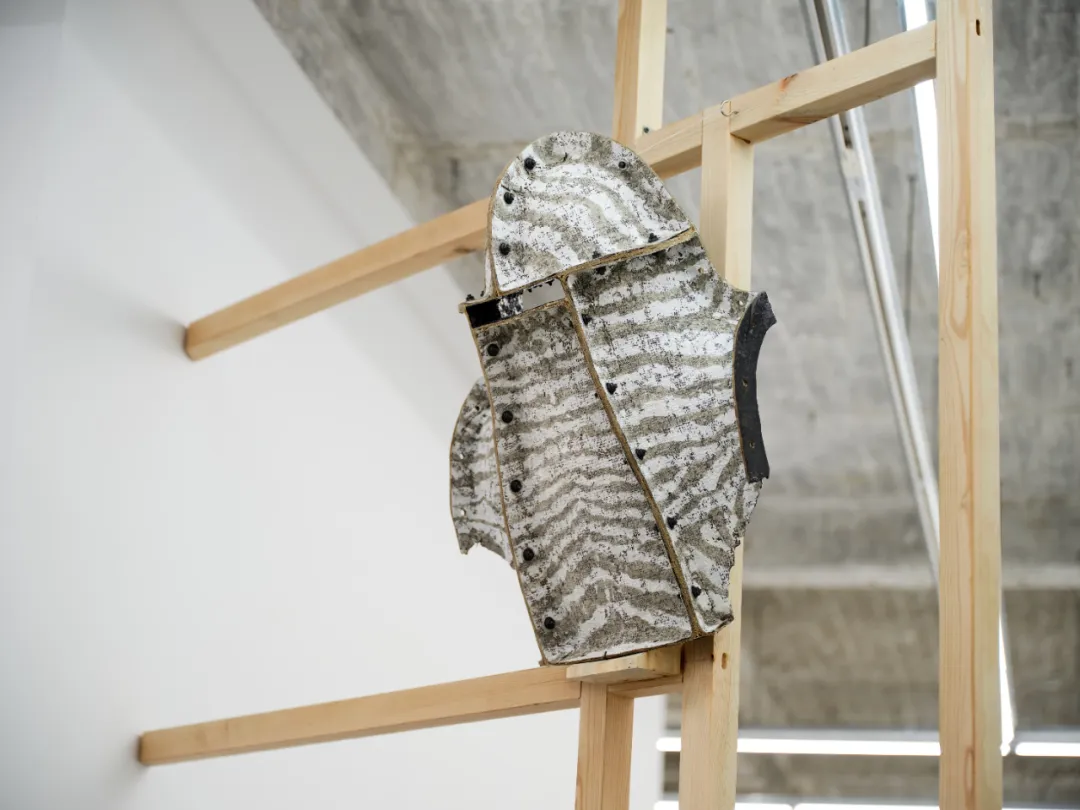
驯化, 2024
麻布,树脂,不锈钢,沥青
650×500×250mm
Yan Dafu
Domestication, 2024
Hemp cloth, Resin, Stainless steel, Asphalt
650×500×250mm
None

颜达夫
单人掩体, 2024
麻布,树脂,不锈钢,沥青
650×500×250mm
Yan Dafu
Single person shelter, 2024
Hemp cloth, Resin, Stainless steel, Asphalt
650×500×250mm
None
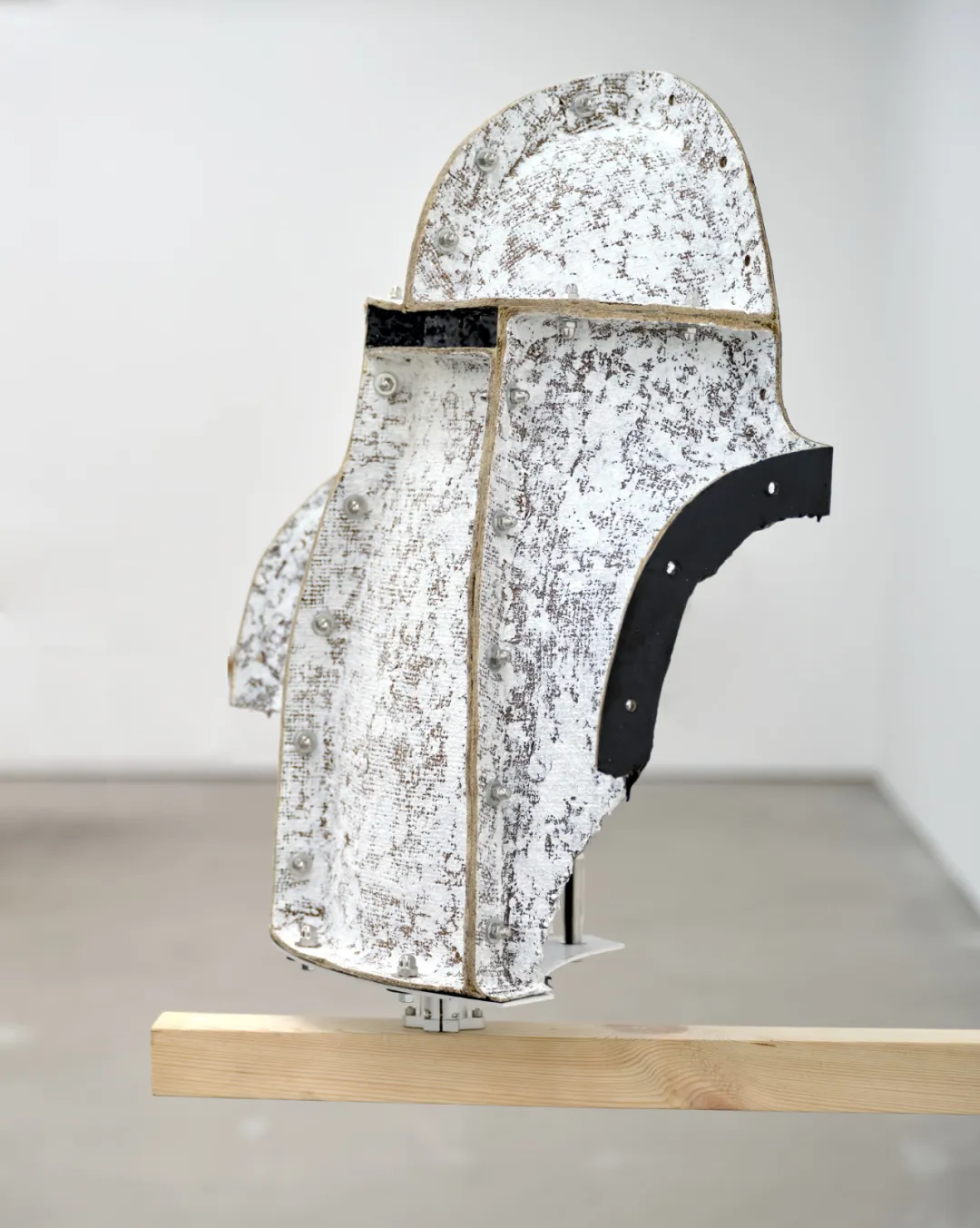
单人掩体, 2024
麻布,树脂,不锈钢,沥青
650×500×250mm
Yan Dafu
Single person shelter, 2024
Hemp cloth, Resin, Stainless steel, Asphalt
650×500×250mm
None

颜达夫
罐头, 2024
白橡木,桦木多层板,大漆,铁,麻布,树脂, 油彩颜料, 橡胶,绑带
1220×3300×930mm
Yan Dafu
Can, 2024
White oak, Birch plywood, Lacquer, Iron, Hemp cloth, Resin , Oil painting, Rubber, Ties
1220×3300×930mm
None
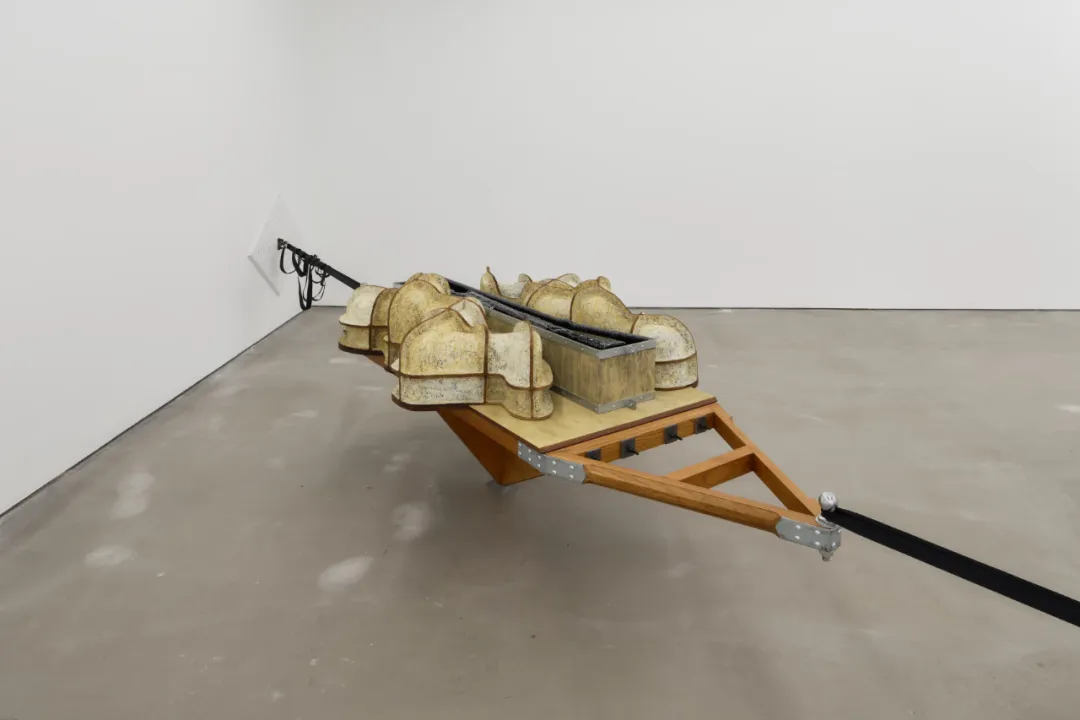
罐头, 2024
白橡木,桦木多层板,大漆,铁,麻布,树脂, 油彩颜料, 橡胶,绑带
1220×3300×930mm
Yan Dafu
Can, 2024
White oak, Birch plywood, Lacquer, Iron, Hemp cloth, Resin , Oil painting, Rubber, Ties
1220×3300×930mm
None

颜达夫
高速急停, 2024
桦木多层板,榉木,轮毂,铝,铁,不锈钢, 树脂,麻布, 丙烯,沥青
5300×2200×2150mm
Yan Dafu
Expressway Emergency Stop, 2024
Birch multi-layer board, Beech wood, Wheel hub, Aluminum, Iron, Stainless steel, Resin, Hemp cloth, Acrylic, Asphalt
5300×2200×2150mm
None
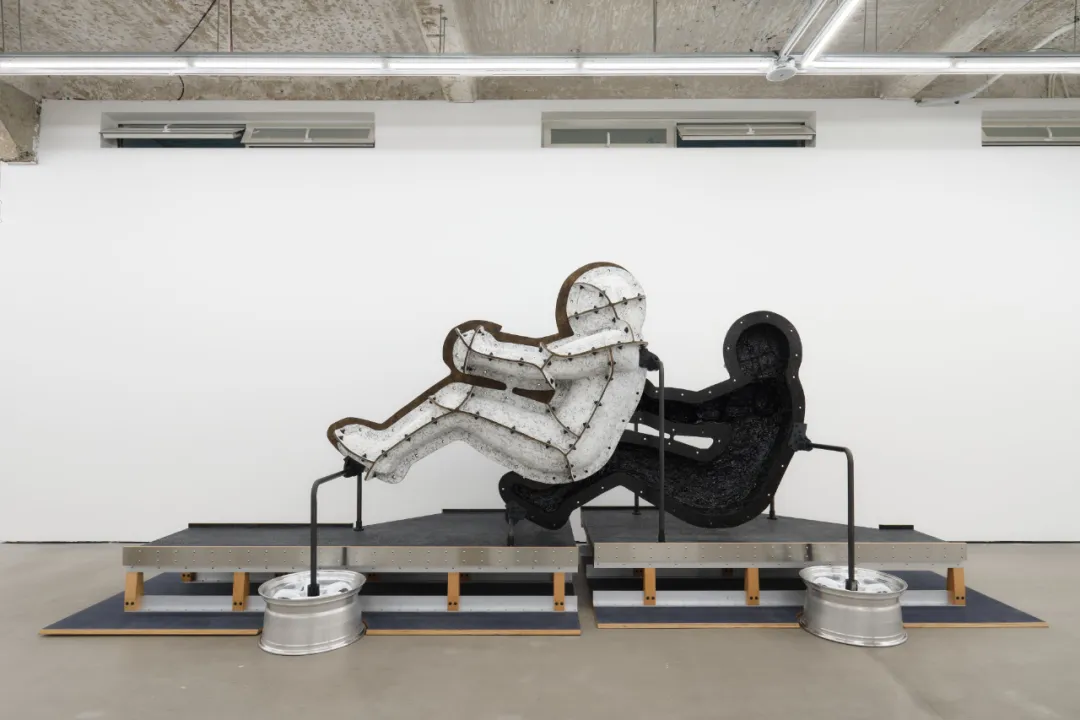
高速急停, 2024
桦木多层板,榉木,轮毂,铝,铁,不锈钢, 树脂,麻布, 丙烯,沥青
5300×2200×2150mm
Yan Dafu
Expressway Emergency Stop, 2024
Birch multi-layer board, Beech wood, Wheel hub, Aluminum, Iron, Stainless steel, Resin, Hemp cloth, Acrylic, Asphalt
5300×2200×2150mm
None

颜达夫
方便旗, 2024
白橡木,木蜡油,不锈钢,铜,铁,阳极氧化铝, 桦木多层板,麻布,树脂
1200×1500×2900mm
Yan Dafu
Flag of convenience, 2024
White oak, Wood wax oil, Stainless steel, Copper, Iron, Anodized aluminum, Birch multilayer board, Hemp cloth, Resin
1200×1500×2900mm
None

方便旗, 2024
白橡木,木蜡油,不锈钢,铜,铁,阳极氧化铝, 桦木多层板,麻布,树脂
1200×1500×2900mm
Yan Dafu
Flag of convenience, 2024
White oak, Wood wax oil, Stainless steel, Copper, Iron, Anodized aluminum, Birch multilayer board, Hemp cloth, Resin
1200×1500×2900mm
None

颜达夫
防御堡垒, 2024
白橡木,铁煤染,大漆,铁,木蜡油,不锈钢, 万向轮
2500×2500×2900mm
Yan Dafu
Defense Fortress, 2024
White oak, Lacquer, Iron, Wood wax oil, Stainless steel, Universal wheels
2500×2500×2900mm
None

防御堡垒, 2024
白橡木,铁煤染,大漆,铁,木蜡油,不锈钢, 万向轮
2500×2500×2900mm
Yan Dafu
Defense Fortress, 2024
White oak, Lacquer, Iron, Wood wax oil, Stainless steel, Universal wheels
2500×2500×2900mm
None





